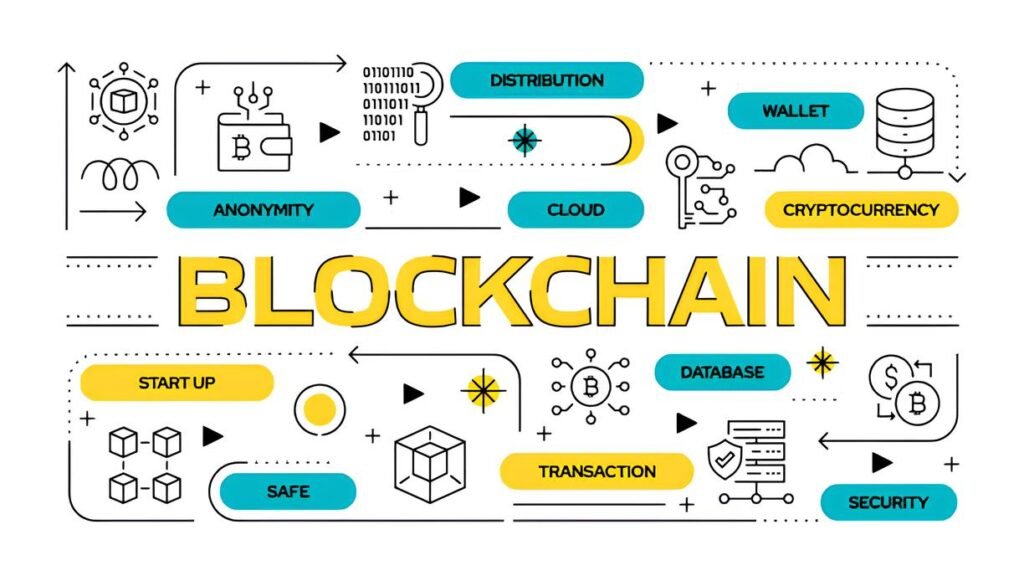In the swirling shadows of the darknet, where anonymity is prized and trust is elusive, a new breed of deception thrives—fake charity and donation sites. These seemingly noble platforms appeal to our empathy and desire to make a difference, but behind the veneer of generosity lurk scams designed to exploit goodwill for profit. How can you tell if a darknet charity is genuine or just another trick? Navigating this murky terrain calls for vigilance, a keen eye, and a solid understanding of the telltale signs that separate the real from the fraudulent.
In This Article
Why Fake Darknet Charities Flourish
The darknet’s unique landscape fosters both opportunity and risk. Genuine activists, whistleblowers, and humanitarian projects often turn to hidden services for anonymous fundraising. But this same cloak of invisibility tempts scammers who exploit the lack of oversight. Unlike surface web charities where regulatory bodies exist, darknet donors face little to no external validation.
Emotional appeal combined with complex technology creates fertile ground for fraud. Fraudsters capitalize on:
- Lack of transparency: Darknet platforms often hide their operations and ownership.
- Cryptocurrency anonymity: Payments are irreversible and difficult to trace.
- Limited technical verification: Most users lack the tools or expertise to scrutinize URLs or Ethereum wallet addresses.
- High emotional stakes: Emergencies and crises push people to donate quickly without thorough vetting.
These factors make it easy for fake charities to mimic legitimacy while flowing cryptocurrency into untraceable pockets.
Signs of a Fake Darknet Charity
Spotting a fraudulent darknet donation site requires a mixture of skepticism and technical know-how. Here are the most common warning signs:
- Unverified .onion address: Authentic projects often share multiple verifiable mirrors or reputable references. A suspicious site only puts out a single, hard-to-verify link.
- Absence of credible endorsements: Real charities generally have corroborating information or are discussed in trusted darknet forums or directories.
- Generic or rushed web content: Overly simplistic or copy-pasted text, poor grammar, and lack of clear mission statements suggest non-professional setups.
- No published audit or transparency reports: Legitimate causes willingly show how funds are distributed, often publishing immutable logs or donation addresses.
- Pressure tactics: Urgency that pushes users to donate immediately without time to check details is a hallmark of scams.
- Excessive cryptocurrency wallet changes: Frequent address switching with no explanation can point to money laundering attempts.
- Anonymous or hidden operators: Genuine nonprofits usually maintain some public-facing identity or history, even under pseudonyms.
Never rush into donations driven purely by emotional appeals, especially when anonymity is involved. Scammers exploit urgency to bypass your critical thinking.
Verifying Onion Donation Sites
When dealing with .onion charity portals, seeing is only the beginning. Verifying authenticity involves several layers:
- Check .onion URL legitimacy: Use trusted darknet repositories or directories to confirm if the site has a history or reputation. Verify that the onion address is not a typosquat or lookalike domain crafted to deceive.
- Investigate site hosting and setup: Authentic activists sometimes provide clues about their hosting environment or operational security (OPSEC) practices. Erratic uptime or sudden domain changes can be suspicious.
- Look for PGP-signed messages: Trusted groups often sign announcements and requests with PGP keys previously used on darknet forums or other platforms. Valid signatures offer a strong link to the operator’s identity.
- Review external references: Cross-check claims with surface web or darknet blogs, news outlets, or related activist channels. Known projects usually have at least some web presence beyond donation sites.
For more on verifying darknet credentials, consider the insights from “How to Verify a PGP Key Without Leaving Digital Footprints”—a useful guide to maintaining discreet yet secure trust.
Red Flags in Cryptocurrency Donations
Cryptocurrency often fuels darknet charities, especially Bitcoin, Monero, or Ethereum donations. But these digital assets also attract scammers. Here’s what to watch for:
- Single-use wallets: Scammers generate a new wallet for each donation request, obscuring fund flow and avoiding accountability.
- Disproportionate transaction fees: Excessive fees or unusual transaction patterns hint someone is trying to obfuscate money trails.
- Wallets without a transparent ledger: While blockchains are public, some scammers use staking or mixers to hide funds. Absence of clear donation tracking should raise concern.
- Requests for privacy coins without explanation: Monero and ZCash offer strong anonymity, but reputable charities explain why they prefer such options, usually for donor privacy, not secrecy.
- Use of QR codes only without textual addresses: High-tech-looking sites that only provide a QR code but no raw address can be limiting if you want to verify the wallet independently.
To deepen your understanding of crypto donations and risks, “Crypto donations for privacy nonprofits: how to do it right” discusses best practices in this area.
Using Privacy Tools to Check Darknet Charities
Several tools can help detect fake darknet charities safely without exposing your identity or compromising OPSEC:
- Network Analysis: Browser add-ons and anonymized VPNs can reveal connection patterns hidden by fake sites. Tools like Tor Bridges improve risk assessment by obscuring traffic.
- Blockchain Explorers: Public ledgers allow you to track donation flows from wallet addresses. Suspicious hops, mixing, or wallet inactivity are red flags. For Monero or privacy coins, look for transaction volume irregularities instead.
- PGP Key Verifiers: Dedicated PGP tools verify if the site’s signatures match known identities, reducing risk of impersonation.
- Metadata Scrubs: Use metadata anonymization tools before interacting or uploading any files to charity sites—be cautious about accidental data leaks.
Always verify wallet activity using blockchain explorers before sending donations. If you see frequent mixing or unexplained hops, think twice before contributing.
Expert Advice to Avoid Donation Scams
Trust is a commodity on the darknet. Cybersecurity experts and privacy advocates recommend these strategies to safeguard your donations:
- Research extensively before donating: Don’t rely on a single source. Look up the charity’s history on multiple trusted forums and blogs.
- Check for PGP signatures: Confirm that announcements or donation requests come from known, verified identities.
- Opt for smaller, incremental donations: This minimizes potential loss while you verify legitimacy over time.
- Use wallets with good privacy controls: Hardware wallets or cold storage reduce risks of theft or phishing.
- Maintain operational security: Use encrypted chat workflows or burner email services when communicating with groups—you can find helpful strategies in guides like “Building encrypted chat workflows with multiple endpoints.”
Experienced darknet users also emphasize not mixing philanthropy with financial necessity. Genuine projects rarely solicit large, repeated payments privately or under pressure.
FAQ
Q: Can darknet charity sites be completely trusted?
A: While some are genuine, the darknet’s anonymous nature allows scams to flourish. Always verify credentials through multiple channels and exercise caution.
Q: Are all donation wallets on the darknet untraceable?
A: Not necessarily. Bitcoin wallets are public and traceable via blockchain explorers, whereas privacy coins like Monero offer greater anonymity. However, both can be monitored for suspicious activity.
Q: How do I protect my privacy when donating on the darknet?
A: Use privacy-focused browsers such as Tor, route through trustworthy VPNs, and consider burner emails or PGP encryption when possible.
Q: Is it safer to donate on the surface web and send funds to darknet projects?
A: It depends on the project’s operation and your threat model. Some charities maintain clearnet sites as fronts, but this opens different risks like surveillance or seizure. Understanding these risks beforehand is key.
Building Vigilance for Ethical Giving
In a landscape where shadows breed both hope and fraud, your best defenses against fake darknet charities are curiosity, patience, and healthy skepticism. Digital generosity should never come at the cost of your security or financial health.
By harnessing privacy tools, learning to read blockchain flows, and verifying operators through cryptographic signatures, you’re far better equipped to distinguish lanterns from mirages. The darknet can be a powerful channel for meaningful aid—if you tread carefully and trust cautiously.
For those interested in expanding operational security around darknet activities, our guides on building encrypted chat workflows offer practical frameworks to keep your communications secure while engaging in sensitive transactions.



